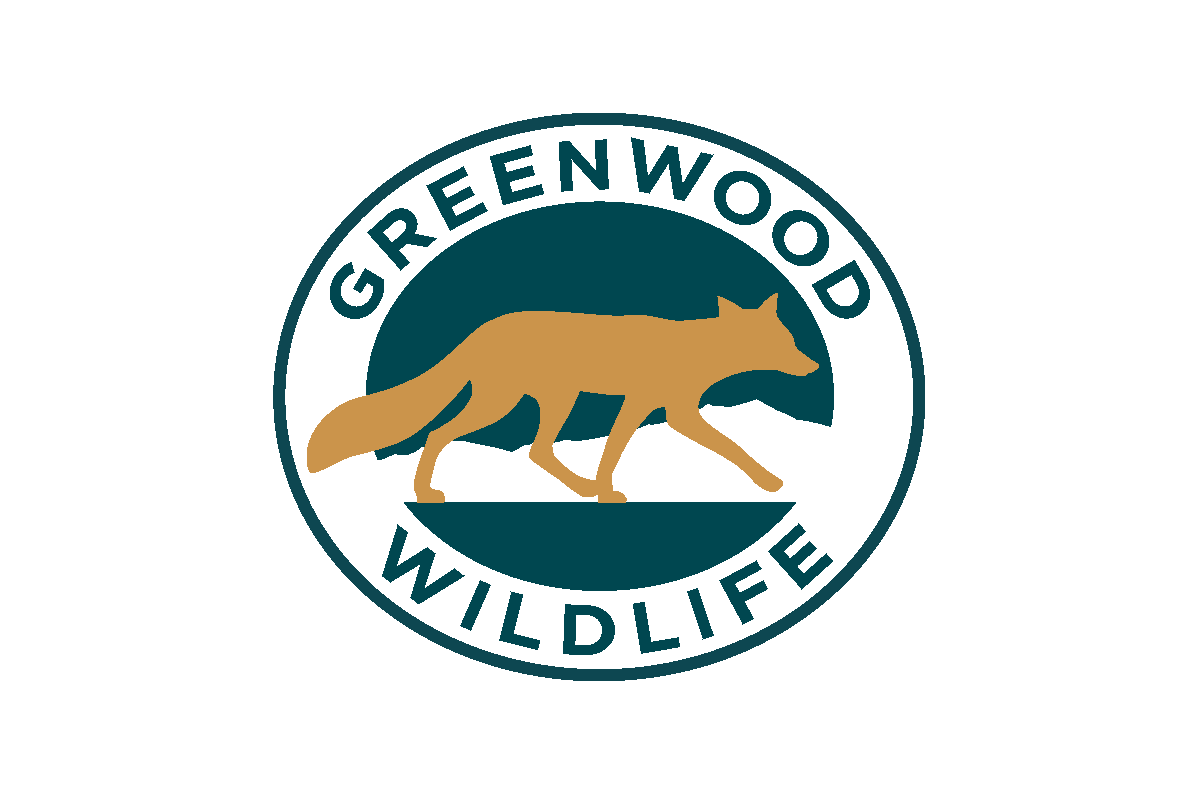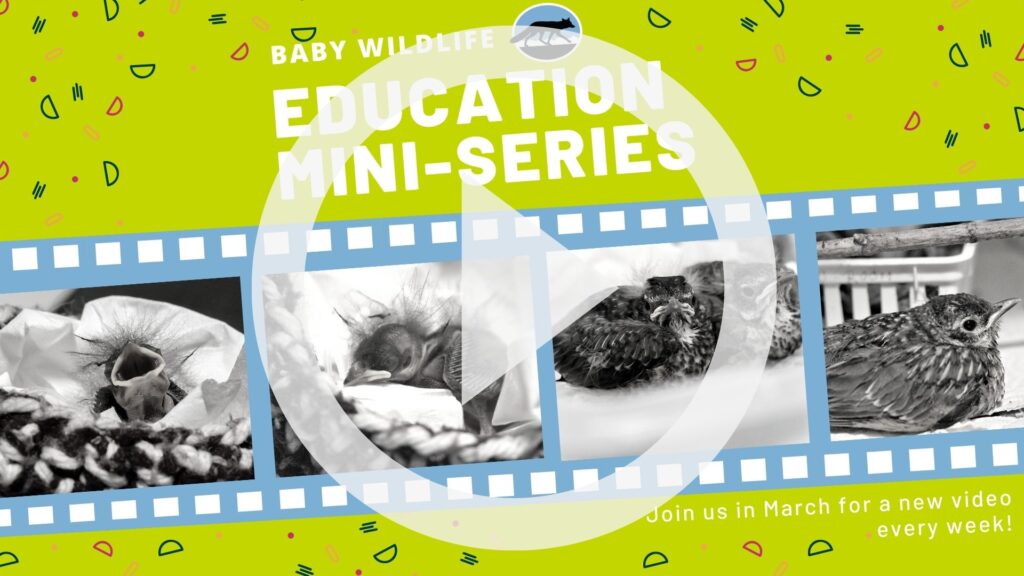Birds can be seen nesting all around Colorado this time of year. From low-hanging branches to mud-covered cliff dwellings. One day you may come across a young bird that has fallen from or left the nest. This blog will walk you through exactly what to do.
These animals have three stages of life. It is important to know what stage the bird is in order to move on to the next steps.
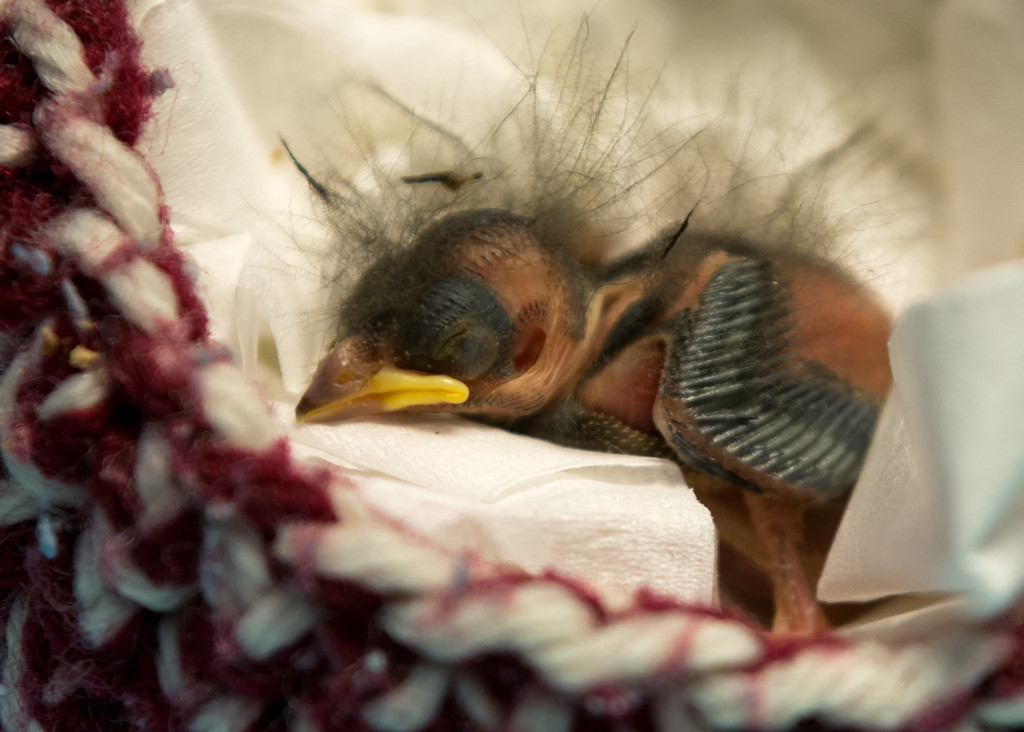
Hatchling
Hatchling birds have almost no down feathers on their bodies. Their eyes are still closed. If you find a hatchling baby on the ground, it MUST be returned to a nest, so the mother can continue caring for it. A persisting myth about birds is that once touched by a human, the mom will abandon her baby. Birds are actually great mothers and will not leave their babies easily. In fact, most birds can’t even smell that well!
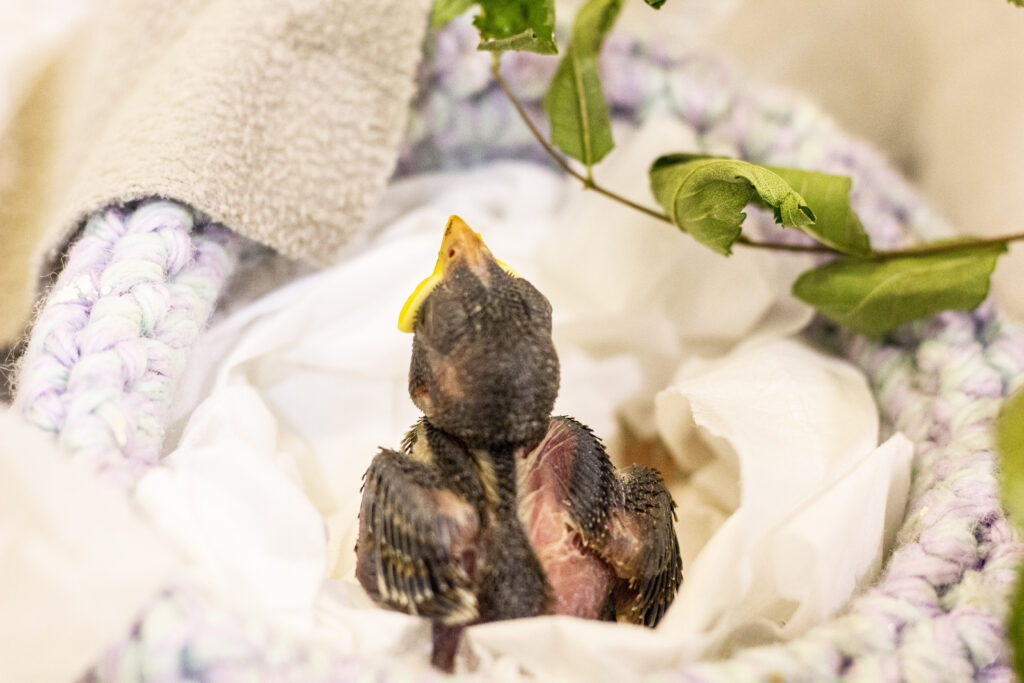
Nestling
This stage is what most people think of when they hear “baby bird”. These little fellas have downy feathers and a few pin feathers on their wings. Pin feathers are quill-looking tubes that have a bit of the feather poking out of the end.
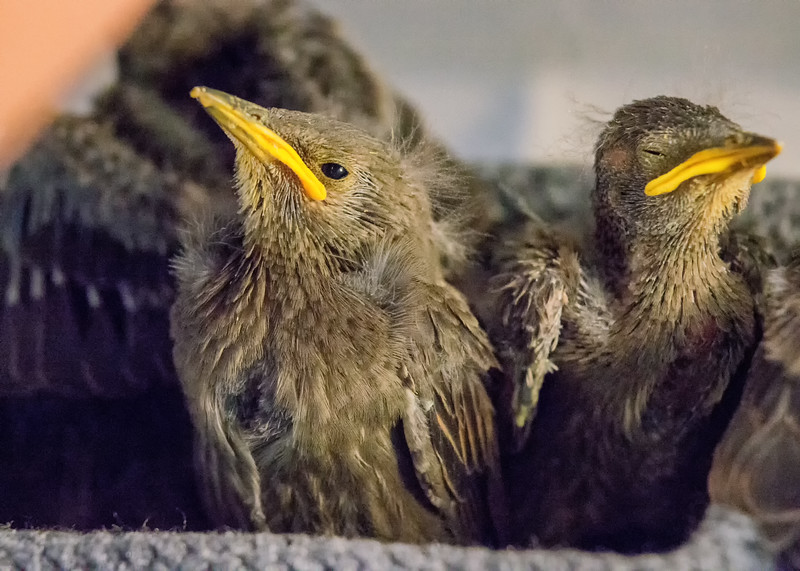
Fledgling
Fledgling birds are in the “teenage” stage of bird development and are not yet able to fly. They hop out of the nest and explore the ground, flexing their flight muscles. These adolescents will look mostly feathered with small tufts of down poking out intermittently. Their tail feathers are short and stubby. These feathered rascals are on the ground for about a week as they learn what it takes to fly.
What to do if you find a nestling or hatchling bird?
Reunite!
If you find a hatchling or nestling bird on the ground with no obvious signs of injury, you will need to return it to the nest. Make sure the baby is warm before gently placing it with its brothers and sisters.
If there is no nest to be found or the nest has been destroyed, then you can make a temporary nest. This simple project will help the vulnerable baby stay safe, while allowing the mother bird to continue taking care of her young.
To build an effective nest that mom will likely to return to:
• Find a drainable yet durable container such as an old berry basket.
• Fill the basket with materials much like that of the nest. Usually, birds will use dried grass, leaves, and twigs. Make a cup shape out of the materials so that it looks like this:
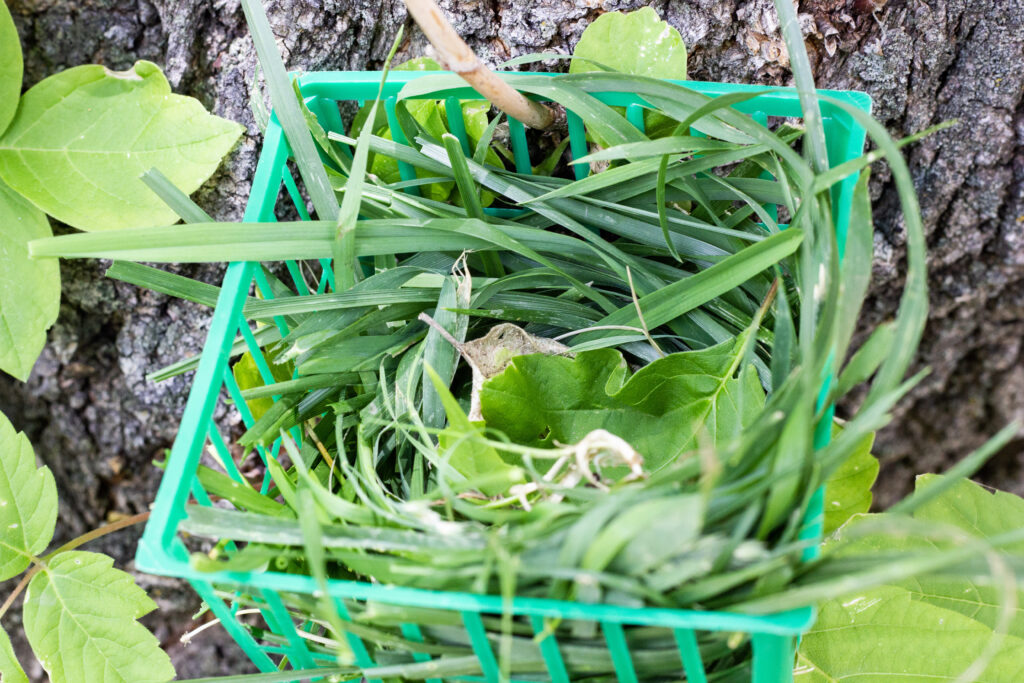
• Then, secure the basket to the tree as close to the original nest as possible. Make sure the nest is sheltered from sun and rain and at least 3 feet above the ground. Plastic lanyard string works great for fastening the nest but you can also use yarn or rope. Weave the string through the basket and tie it to the branch.
• Place the baby in the nest so they are sitting upright and their legs tucked underneath their body. Take a photo of the nest from above.
• Leave the area where the nest is and monitor from a distance. Watch for a few hours to see if mom is returning. Hours later, you can take a second photo of the nest and compare it to the first photo to see if the nest has accumulated any droppings from the baby. If there are baby poops, that means mom is returning to feed! If the mom doesn’t return, call Greenwood at 303-823-8455.
Dealing with Fledgling Birds Out of the Nest
What do you do when you find a fledgling bird on the ground? These feathered youngsters are actually meant to be out of the nest. They jump out and flap their wings, preparing their flight muscles. They hang out on the ground for about a week before learning how to fly. When you find a fledgling bird on the ground, rule out if the animal has any injuries. If it seems healthy other than not being able to fly, leave it alone! If it is bleeding, has a drooping wing, or is open mouth breathing, call Greenwood by dialing 303-823-8455.
